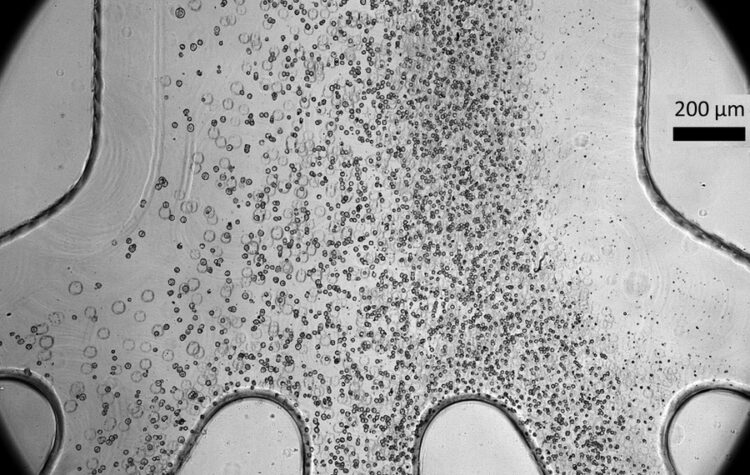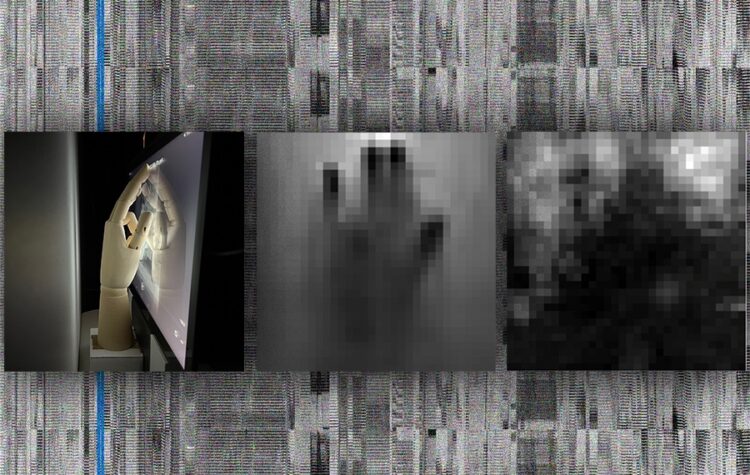
Francis Fan Lee, former MIT EECS professor and interdisciplinary speech processing inventor, dies at 97.
The former Electrical Engineering and Computer Science Professor and Research Laboratory of Electronics affiliate died on Jan. 12, 2024. He was approximately 97 years old.

Department of EECS Announces 2024 Promotions
The Department of Electrical Engineering and Computer Science (EECS) is proud to announce multiple promotions.

Marc Baldo, Jacopo Buongiorno, and Hsiao-hua Burke, along with 13 additional MIT alumni, are honored for significant contributions to engineering research, practice, and education.

Scientists develop a low-cost device to make cell therapy safer
A plastic microfluidic chip can remove some risky cells that could potentially become tumors before they are implanted in a patient.

The ambient light sensors responsible for smart devices’ brightness adjustments can capture images of touch interactions like swiping and tapping for hackers.

Researchers safely integrate fragile 2D materials into devices
The advance opens a path to next-generation devices with unique optical and electronic properties.

Four from MIT awarded National Medals of Technology, Science
James Fujimoto, Eric Swanson, and David Huang are recognized for their technique to rapidly detect diseases of the eye; Subra Suresh is honored for his commitment to research and collaboration across borders.

Machine-learning system based on light could yield more powerful, efficient large language models
MIT system demonstrates greater than 100-fold improvement in energy efficiency and a 25-fold improvement in compute density compared with current systems.

The founders of MIT spinout Active Surfaces describe their thin-film solar technology and their experience winning this year’s $100K.

A new low-temperature growth and fabrication technology allows the integration of 2D materials directly onto a silicon circuit, which could lead to denser and more powerful chips.